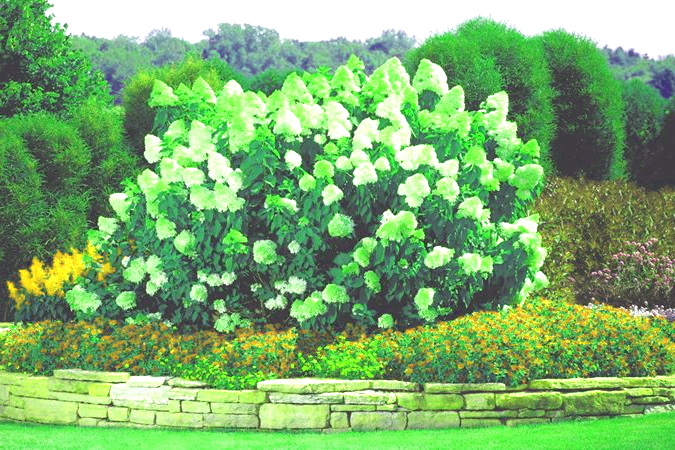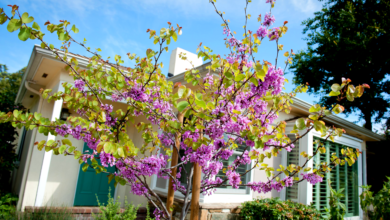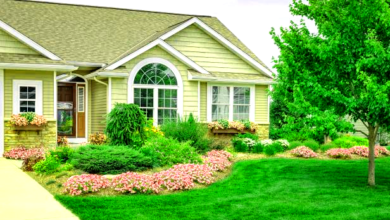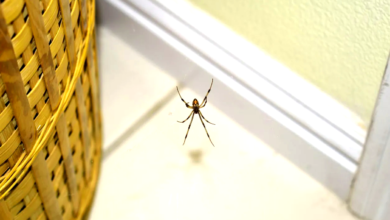How to Plant and Care for a Limelight Hydrangea

Hydrangeas are among the most popular shrubs to grow in the yard because of their spectacular flowers that persist for a long time and their low-maintenance tendencies. In addition, the Limelight variety, which is relatively new, has gained popularity because to the lime green flowers and tree-like growth that it has. However, before you decide to include this stunning plant into your landscape, here is all you need to know to ensure that your Limelight hydrangea is able to flourish and bloom in your yard.
What Are Limelight Hydrangeas?
With strong, long-lasting flowers that incline toward the cream, green, pink, and burgundy end of the spectrum, this one-of-a-kind breed of paniculata hydrangea was granted its first patent in the year 2002. It is the ideal addition to a cutting garden since it may be pruned to take on the appearance of a tree or a shrub, depending on the desired growth pattern.
As is the case with other types of hydrangeas, the Limelight hydrangea should be planted in the autumn or early spring. This allows the plant to establish itself before the intense heat of summer is experienced.
Read More : The 12 Easiest Roses to Grow for a Gorgeous, Low-Maintenance Garden
Limelight Hydrangea Care
The care a Limelight hydrangea requires is comparable to the care that is required for other breeds of hydrangea. On top of that, Limelight, like other types of hydrangeas, need a lot of space to expand. “Mature width is six feet—we want to give these plants the space to be show stoppers,” says Tamara Hogan, a plant specialist who previously worked for Fast Growing Trees. “” “Sometimes people will want things to fill in really quickly and they will overcrowd their plant.”
In addition, Hogan recommends that hydrangeas, rhododendrons, and lilacs be planted at a distance of at least fifty feet from black walnut trees. “Black walnut trees release a compound called juglone, which in causes wilting, yellowing, or death.”
Light
In conditions ranging from moderate to full sunshine, the Limelight hydrangea flourishes. “In growing zones 6 to 8, where summers are hot and dry, they will do best if the plant has access to part shade throughout the day,” Hogan explains further.
Therefore, it is preferable for them to get sunlight in the morning rather than in the afternoon, when the light is less powerful and hot. You may anticipate shorter and more moderate summers if you plant in zones 4 to 6, which encompasses the Northeast and the Midwest. Additionally, you will be able to plant in regions that get more sunlight.
Soil
The Limelight hydrangea, which is a Paniculata hydrangea, prefers soil that is well-drained and has a little amount of acid. Additionally, they need a natural mulch that helps to keep the soil wet. “It is common to see suggestions for gravel or rocks in landscape beds as an option for mulch, but this can add heat and compaction around hydrangeas which already can have problems with too much heat,” Hogan explains further. “It is better to do a more wood or soil-based mulch.”
Instead of attempting to alter the colour of the blooms by using techniques such as adding coffee grounds or garden lime, you should avoid doing so since Limelight hydrangea always bloom in the same colour.
Water
When you initially begin to care for your hydrangea plant, you will need to give it a little bit extra water, particularly during the first two months when you are assisting it in taking root. As soon as it has established itself in that first year, it will become a component of your landscape that requires little to no upkeep. “Hydrangeas will tell you when they are thirsty, which is a nice perk to the plant,” Hogan explains further. “Limelights fall into the same category.
However, if someone is ever worried about giving their plants too much or too little water, they can just make sure to feel the soil with their fingertips around two inches deep.
Temperature and humidity
Because hydrangeas are rather hardy plants, they are able to flourish in almost every region of the United States. When the temperature is especially high, you could notice that there is some drooping.
Fertilizer
In order to maintain the low-maintenance nature of hydrangea plants, you will not be required to do a great deal of feeding them; all you will need to do is apply a little amount of flower fertilizer in the spring and again in the late summer.
Types of Limelight Hydrangea
There are many distinct varieties of Limelight hydrangea that can be purchased, including some smaller varieties that may be more suitable for a garden that is on the smaller side. When compared to Limelight Prime, which develops to a height of four to six feet, and Little Lime, which grows to a height of no more than four feet, the original cultivar may reach seven to eight feet in height.
Pruning
It is recommended that you trim away any dead branches and cut back around one third of the growth of your Limelight hydrangea in the late autumn or early spring. This will ensure that the plant continues to seem full and lush. (If you wait too long, you will find yourself cutting down the new wood in the area where the hydrangea will bloom, which will result in you not having those large, beautiful flowers.)
Propagating Limelight Hydrangea
Since it is against the law to propagate plants for a period of twenty years after they have been first patented, you have violated the law if you have done so in the years prior to 20 years. Nevertheless, according to Hogan, the year 2022 will be the first year in which you will be able to cultivate your very own Limelight hydrangea since it was patented in the year 2002.
“Legally, the breeder is able to continue to renew the trademarked name of Limelight, but they are not allowed to renew a patent,” according to the attorney. “So it is public domain now.”
Using a stem from the plant that is cut directly above the leaf node, cuttings are the most effective method for propagating Limelight hydrangea, according to Hogan. This allows you to have both the stem and the leaf in the cutting. “It is recommended that you carry out this task in the spring, when the wood is still immature and green.
In comparison to the green stems, brown stems have begun to become more rigid and the process of rooting them may be somewhat more challenging.
“Put cuttings into either a prepared plant tray with potting mix and mulch mixed together or Jiffy plugs,” Hogan advises consumers. “Water them in and continue to mist or keep the soil moist while the roots start to establish.”
Growing in Pots
There is the possibility of cultivating Limelight hydrangea in a container garden; however, this method is most effective when applied to the Limelight Prime or Little Lime varieties. If you want to prevent the hydrangea bush from tumbling over as it develops, use a planter that is substantial. Use potting soil that drains properly, and make sure the container you’re using has drainage holes.
Read More : 7 Mistakes That Are Attracting Spiders to Your Home
Overwintering
Limelight hydrangeas are able to survive the winter in the majority of the United States; however, they have a more difficult time surviving in the USDA garden zone 3, which is located in a few tiny regions of the most northern parts of the United States.
Common Pests and Diseases
Limelight hydrangea is a resistant cultivar that is resistant to the majority of diseases and pests. It is a relatively hardy species. A number of fungal diseases, including as powdery mildew and rust, are the most likely to affect it. in which fungicides or neem oil may be used to treat the condition.
When Does the Limelight Hydrangea Bloom?
In spite of the fact that the lovely flowers on Limelight will change colour throughout the course of the summer, from the charming lime green that gives this hydrangea variety its name to a deep crimson colour, you will be able to enjoy them for the most of the summer, from July to September.











